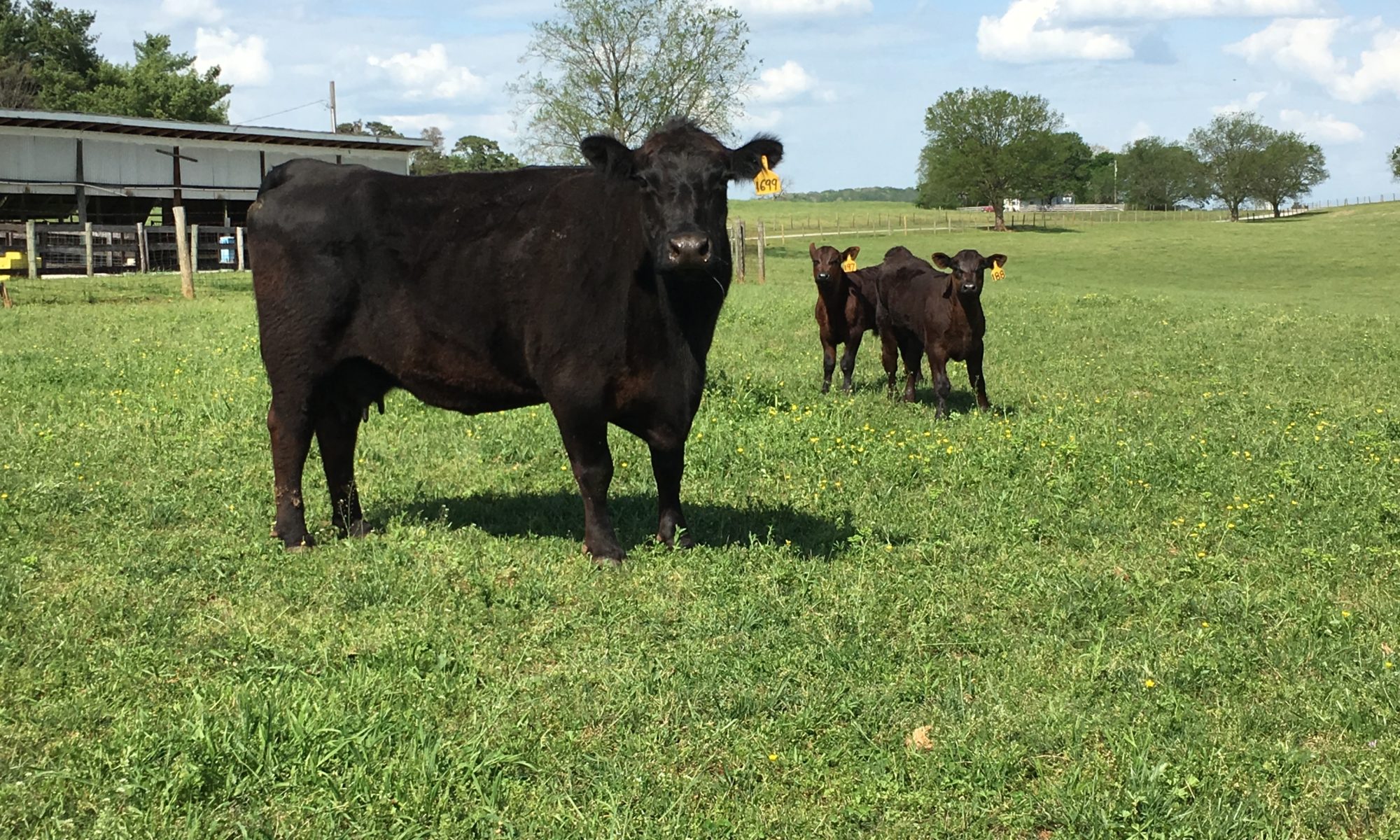

Dr. Andrew Griffith
Assistant Professor
Department of Agricultural and Resource Economics
P: 865-974-7480
Each year, we (i.e. me and a colleague under the umbrella of the University of Tennessee Extension) develop a cow-calf and stocker budget. This budget is developed primarily with Tennessee producers in mind, but the Microsoft Excel versions are flexible enough to meet the needs of most any producer in the United States. Additionally, the stocker budget is such that any margin operator could use it for a profit or loss projection or a break-even analysis.
Heading into the second month of the year appears to be a good time to report on general cost and revenue expectations for cow-calf operators while also discussing variability in budgets across producers. In order to lay the groundwork, it should be noted that a budget is generally used for planning purposes and then to evaluate the financial success of the plan. Additionally, it is important to know that the values expressed in the base budget and discussed here are not specific to any operation. They are more of an outline to assist users of the budget to account for all possible expenses and revenues that may be experienced.
Given the developed cow-calf budget (Online: https://arec.tennessee.edu/extension/budgets/), total expenses to carry a cow in 2021 are estimated to be $965 per cow with $624 of those dollars being variable expenses and the remainder being fixed expenses. Of the $624 per cow of variable expenses, $422 per cow is consumed by pasture and hay expenses. Thus, pasture and hay expenses make up nearly 68 percent of expected variable expenses. The remaining variable expenses are made up of supplemental feed, salt and mineral, animal health, labor, marketing fees, and interest. It is important to note that labor is assumed to be $80 per cow, because everybody wants to get paid for the work they do and interest on production expenses is assumed to be 6 percent, which means someone who is not borrowing capital is expecting to earn a 6 percent return on their investment.
Fixed expenses in the base budget example total $341 per cow and are comprised of working facilities and equipment, machinery and associated equipment, and purchased breeding stock. These costs are important to incorporate into a budget, because all of these items require an initial investment, depreciate, and eventually have to be replaced. And, the last time I checked, money does not grow on trees and $100 bills do not fall out of the south end of a north bound cow. (There is value in trees and what falls out of the south end of the cow, but that is another discussion.)
Revenue estimates for 2021 are $630 per cow. This assumes a 90 percent calf crop, a 2 percent death loss, and steers (550 lb) and heifers (520 lb) sold at weaning. Based on the stated revenue and expenses, the return to variable expenses is $6 per head, but that also means a producer who does not borrow capital and does not pay out of pocket labor expenses would have a return of $103 per cow to labor, capital, and management. This return does not consider fixed expenses.
With certainty, there are a number of producers reading this that are saying their costs are much lower than what is being estimated in the base budget. This thought may or may not be true. The first thing to do is to access the Excel based budget or PDF budget from the web link listed earlier or the county Extension office and develop a budget to determine the specific costs on an operation. It is clear through the budget we developed that managing pasture and hay costs could result in a better return to the cattle operation. Similarly, managing fixed expenses can also contribute positively to the bottom line of the budget.
The baseline budget is not meant to represent all producers nor is it likely to represent any single producer. The baseline budget is constructed to lead others through the budget building process such that the budget an individual builds is specific to that operation. Through this process, a producer will be able to evaluate costs that need to be managed and what price they will need to receive to achieve a desired profit in the cow-calf business. This is a stepping stone to becoming a better financial manager of the cattle operation. This is not a unicorn pooping gold coins.
